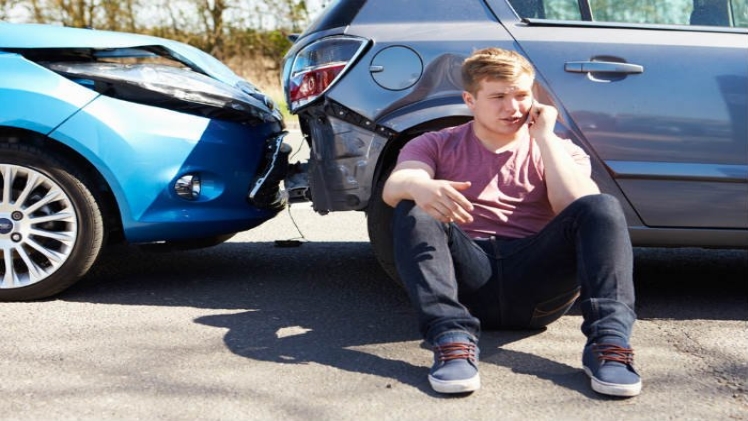The granting of a learner’s permit or full license to drive is a watershed moment in the lives of teenagers. They gain confidence and freedom through this rite of passage. There is a great deal of responsibility involved in ensuring the safety of young drivers and other motorists on the road. If anyone you know needs legal counsel, make sure to contact an attorney today.
Reasons for the Uptick in Teenage Car Crashes
Teenagers are more likely than drivers of any other age to engage in risky behavior while behind the wheel. In order to find effective solutions, we must first identify the root reasons for the alarming rise in teen automobile accidents.
-
Driving While Sleepy
The Centers for Disease Control and Prevention (CDC) considers driving while weary or sleepy to be drowsy driving. Most incidents of sleepy driving can be attributed to a lack of sleep. However, other motorists may actually be suffering from sleep disorders that have yet to be identified.
Accidents involving drowsy drivers can occur at any time but typically involve one or more of these causes:
- Time of day: most car accidents involving drowsy drivers occur between midnight and six in the morning or in the late afternoon. Most folks are sleepy on their way to and from work during these hours.
- All by yourself: Drowsy drivers frequently lose control and careen off the road when operating a vehicle alone.
- Drowsy driving is a leading cause of accidents on rural roads and highways.
- School starting so early in the morning is another major contributor to young drivers being sleepy behind the wheel.
-
Influence of Alcohol
Accidents caused by drunk drivers are risky for everyone on the road. While the number of teens driving drunk has dropped by 54 percent since 1991, it remains a leading cause of teen traffic deaths.
-
Driving under the Influence
It is against the law to operate a motor vehicle while under the influence of any narcotic, whether legal or illegal, such as alcohol or tobacco. Different side effects can occur in the brain depending on the substance used.
-
Negligent Driving
Any action that takes a driver’s focus off the road is considered distracted driving. Distractions in a car can come in many forms, such as talking or texting on the phone, eating, drinking, fidgeting with the car’s audio or navigation system, or even having a lively conversation with other passengers.
-
Wear Your Seatbelt
Teenage drivers have some of the lowest rates of seat belt use. Teenagers have a false sense of invincibility and typically do not know the importance of wearing a seat belt.
-
Speeding
Teenagers’ tendency to speed poses a significant threat to public safety. Three in ten young drivers were engaged in deadly accidents.

